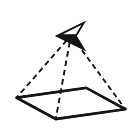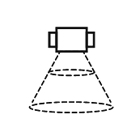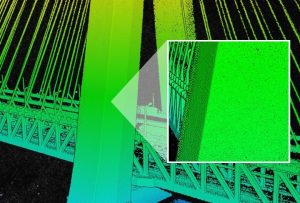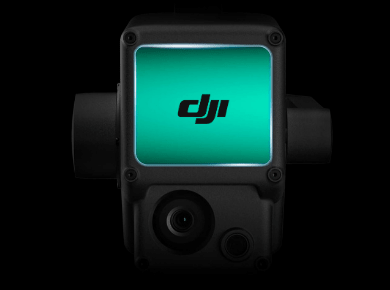Where the Zenmuse X5 utilized a Micro Four Thirds sensor, and a couple of viable focal points from Olympus, the X7 utilizes an APS-C sensor and a quad of new DJI-planned focal points. Lightweight (on account of the provocative carbon-fiber development), these focal points are variable-gap (movable at the regulator during flight) and come in 16mm, 24mm, 35mm, and 50mm-all at ƒ/2.8, and all with aspherical glass. In full-outline same, those focal points are 24mm, 36mm, 52.5mm, and 75mm. The 16mm focal point has an inherent ND channel that can be turned here and there during flight. With an indistinguishable front distance across, all focal points can have similar channels. A unit of the four focal points costs (at press time, where a value drop has recently happened) about $4,300.
Find Experts Reviews
Main Features
- Lidar module, RGB camera, high-accuracy IMU
- High Efficiency 2 km2 covered in a single flight
- Vertical Accuracy: 5 cm / Horizontal Accuracy: 10 cm
- Point Rate: 240,000 pts/s
- Detection Range: 450 m (80% reflectivity, 0 klx)
- 70° FOV and a visible light camera with a 1-inch sensor
Instant Clarity. Superior Accuracy.
At the point when utilized with Matrice 300 RTK and DJI Terra, the L1 structures a total arrangement that gives you ongoing 3D information for the duration of the day, effectively catching the subtleties of complex designs and conveying profoundly precise recreated models.

Integrates a Lidar module & RGB camera with a high-accuracy IMU

Supports 3 Returns

High Efficiency 02 km2 covered in a single flight

Detection Range: 450 m (80% reflectivity, 0 klx)

High Accuracy Horizontal Accuracy: 10 cm / Vertical Accuracy: 5 cm

IP44 Ingress Protection Level

Point Rate: 240,000 pts/s

Point Cloud LiveView
Digitize without Compromise

Exceptional Efficiency
Create genuine nature point cloud models continuously, or secure 02 km2 of point cloud information in a solitary flight utilizing the Livox outline Lidar module with a 70° FOV and an obvious light camera with a 1-inch sensor.

Unparalleled Accuracy
Render centimeter-precise recreations on account of the great exactness of IMU, a dream sensor for situating precision, and the joining of GNSS information.

Ready When You Are
The IP44 rating permits the L1 to be worked in blustery or hazy conditions. The Lidar module's dynamic checking technique empowers you to fly around evening time.

RGB Camera (Everything in View )
– 20MP
– 1-inch CMOS
– Mechanical Shutter
Visualize Data as you fly, with the Livox Lidar Module
Up to 100% effective Frame Lidar, point cloud results
– Detection Range: (10% reflectivity, 100 klx) 450m (80% reflectivity, 0 klx) / 190 m
– Effective Point Rate: 240,000 pts/s
– Supports 3 Returns
– Line Scan Mode and Non-repetitive Scan Mode
Accurate Details at Your Disposal High-Accuracy IMU
– Accuracy: 0.025° (roll/pitch) / 0.08° (yaw)
– Vision Sensor for Positioning Accuracy
– GNSS, IMU, RGB Data Fusion

Point Cloud LiveView
Ongoing point mists give prompt experiences nearby, so administrators are educated to settle on basic choices rapidly.
You can likewise confirm hands-on work quality by checking point cloud information following each flight.
Measurement and Annotation
Obtain and communicate basic measurements on the point cloud model utilizing estimations and comments.


One-stop Post-processing
DJI Terra fuses the IMU and GNSS information for point cloud and obvious light estimations, as well as leading POS information counts so you can easily produce remade models and precision reports.


